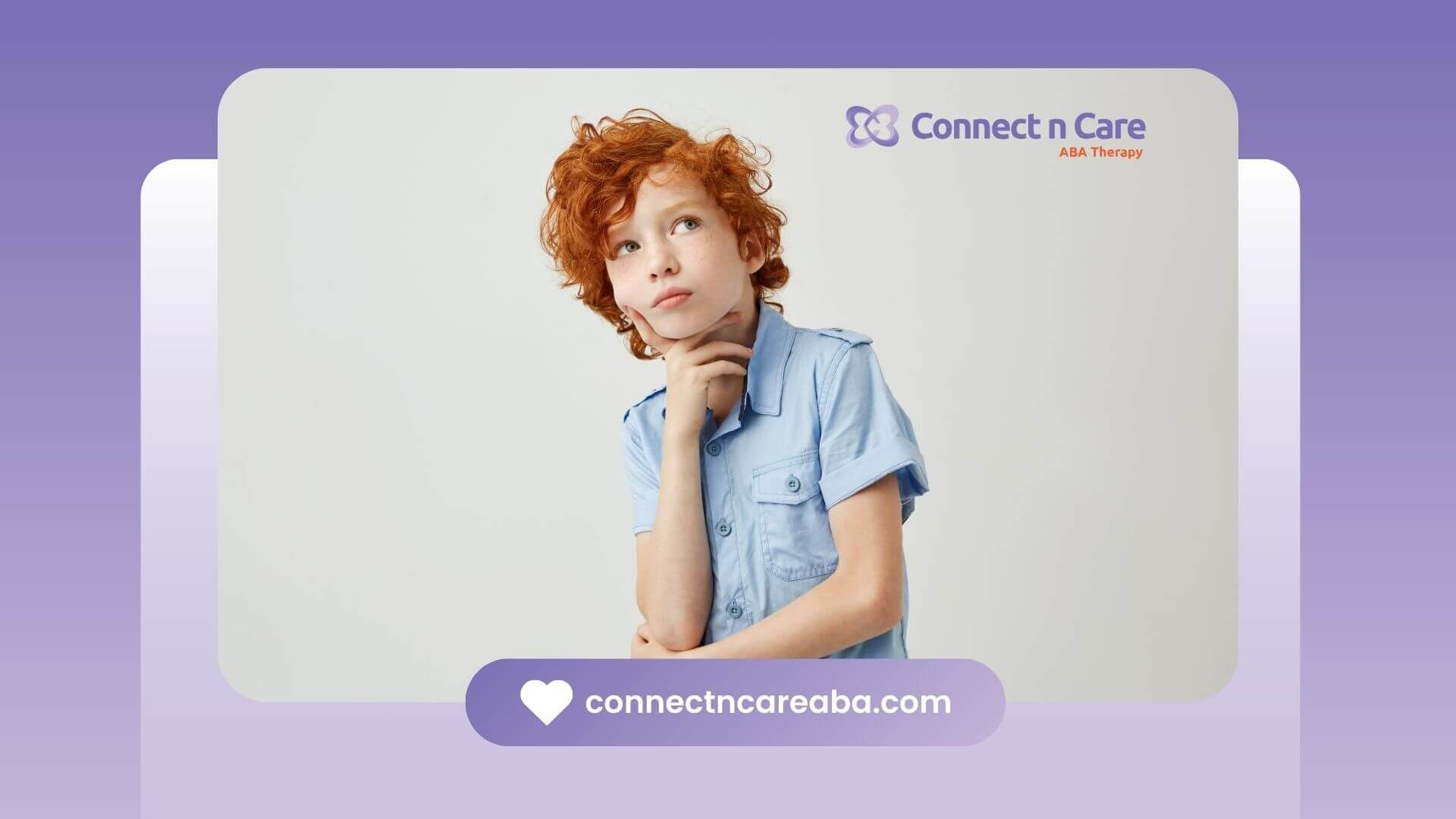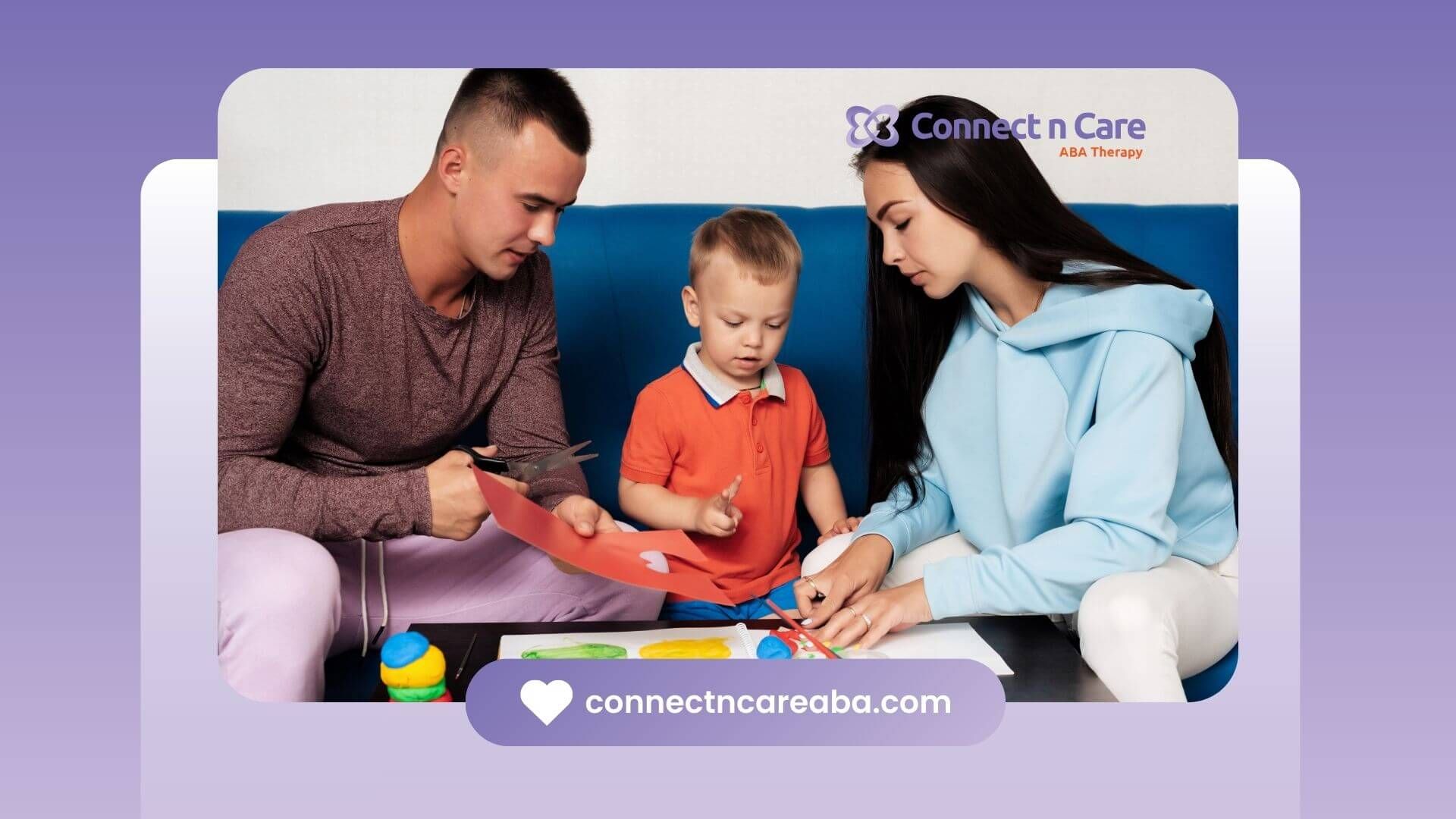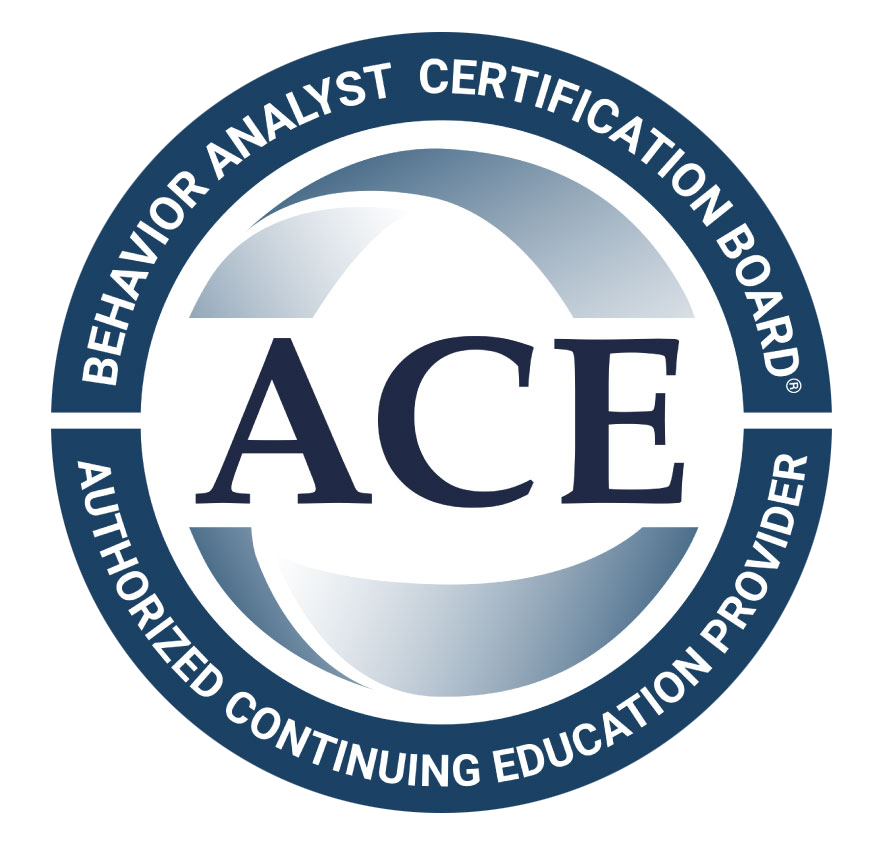ABA Therapy Techniques for Teens
Applied Behavior Analysis (ABA) therapy uses a bunch of tricks to help teens with Autism Spectrum Disorder (ASD) and similar conditions. These tricks aim to boost social skills, communication, and self-control. Let's break down three main ABA techniques for teens: positive and negative reinforcement, video modeling, and prompting and fading.
Positive and Negative Reinforcement
Positive and negative reinforcement are the bread and butter of ABA therapy. These methods involve encouraging good behavior with rewards (positive reinforcement) or taking away something unpleasant (negative reinforcement).
- Positive Reinforcement: This is all about giving a teen a pat on the back for doing something right. Maybe they get a high-five, extra screen time, or a sweet treat for finishing a task or being social.
- Negative Reinforcement: Here, you take away something they don't like when they do what you want. Like, if they finish their homework, they might get out of doing a chore they hate.
These strategies help teens see how their actions lead to outcomes, nudging them toward better behavior. For more on how reinforcement works in ABA, check out our page on ABA therapy for teenage behavior.
Video Modeling
Video modeling is a cool ABA trick that uses videos to show how to act or do stuff. It's great for teens because it's visual and keeps them interested.
- How It Works: You make a video of someone (a friend or adult) doing a specific thing. The teen watches it and then tries it out, often with a little help from a therapist or parent.
- Benefits: Video modeling helps teens with ASD pick up on social cues, chat better, and learn everyday tasks. It's super helpful for those who learn best by seeing and can teach anything from making friends to brushing teeth.
For more on video modeling and how it works, take a look at our article on ABA therapy for adolescents.
Prompting and Fading
Prompting and fading are about teaching new skills by giving a little help and then slowly backing off as the teen gets the hang of it.
- Prompting: This means giving hints or help to get the right response. Prompts can be words, actions, or pictures. Like, a therapist might remind a teen to say "thank you" or guide their hand when learning to write.
- Fading: As the teen gets better, the prompts are slowly taken away to encourage doing it on their own. The aim is for the teen to do the task without any help.
Prompting and fading are key for helping teens learn new skills and feel more confident. For more on these techniques, visit our page on teenage ABA therapy programs.
By using these ABA therapy techniques, therapists and parents can help teens build important skills and make life better. For more tips and tricks, dive into our guide on ABA therapy for teenagers.
Focus Areas of ABA Therapy for Teens
Applied Behavior Analysis (ABA) therapy for teenagers zeroes in on a few main areas to help them get along better in everyday life. These areas include boosting social skills, improving communication, and learning to control their own behavior.
Social Skills Enhancement
Social skills are a big deal for teenagers as they move through different social scenes like school, clubs, and friendships. ABA therapy works on making social interactions smoother by teaching teens how to start chats, pick up on social hints, and build real friendships. ABA therapy for teenagers focuses on improving social interactions to help them function well in daily life.
| Social Skills Targeted | Description |
|---|---|
| Initiating Conversations | Showing teens how to kick off and keep conversations going. |
| Understanding Social Cues | Helping teens spot and react to non-verbal signals. |
| Developing Relationships | Encouraging the making of real friendships. |
Communication Development
Good communication is key for saying what you need, sharing feelings, and getting along with others. ABA therapy helps autistic teens sharpen their communication skills, so they can express themselves better in school, social, and personal settings. This covers both talking and non-talking ways, like using gestures or pictures.
| Communication Skills Targeted | Description |
|---|---|
| Verbal Communication | Boosting speech and language skills. |
| Non-Verbal Communication | Using gestures, facial expressions, and visual aids. |
| Expressive Language | Getting better at sharing thoughts and feelings. |
Behavioral Self-Regulation
Learning to control their own behavior is another big focus of ABA therapy for teens. This means teaching teens how to handle their emotions, deal with stress, and act right in different situations. By tackling issues like aggressive behavior and missing life skills, ABA therapy can lead to better grades and overall happiness.
| Behavioral Skills Targeted | Description |
|---|---|
| Emotion Management | Teaching teens how to spot and control their emotions. |
| Coping Strategies | Giving tools to handle stress and anxiety. |
| Appropriate Behavior | Encouraging good behavior in different settings. |
By focusing on these main areas, ABA therapy aims to give teenagers the skills they need to do well in different parts of their lives.
Goals of ABA Therapy for Teens
ABA therapy for teenagers is all about helping them grow and succeed in life. The main goals are to boost social skills, improve everyday living abilities, and plan for the future.
Improving Social Interactions
ABA therapy zeroes in on helping teens get better at talking and interacting with others. It's like giving them a social toolbox to handle life's daily challenges. Techniques like positive and negative reinforcement are used to encourage good social habits and curb the not-so-great ones. With these skills, teens can handle social situations better, make friends, and feel more confident in their social circles.
Enhancing Daily Living Skills
ABA therapy is like a life skills boot camp for teens. It covers everything from brushing teeth to managing time and staying organized. These skills are the building blocks for independence and adult life. ABA therapists use cool techniques like video modeling and prompting and fading to teach and reinforce these skills, making sure teens are ready to tackle their daily routines on their own.
Transition Planning
ABA therapy is a game-changer when it comes to helping teens with autism move into adulthood. It's all about setting goals, exploring what they want to do in life, and figuring out how to get there. Transition planning is like creating a roadmap that highlights a teen's strengths and dreams. This process gets them ready for what's next, whether it's more school, a job, or living on their own.
| Goal | Focus Area | Techniques Used |
|---|---|---|
| Improving Social Interactions | Communication, Behavioral Concerns | Positive/Negative Reinforcement |
| Enhancing Daily Living Skills | Personal Hygiene, Time Management, Self-Care | Video Modeling, Prompting/Fading |
| Transition Planning | Career Interests, Post-Secondary Education, Vocational Training | Goal Setting, Personalized Plans |
Benefits of ABA Therapy for Teens
Applied Behavior Analysis (ABA) therapy is like a secret weapon for teenagers dealing with Autism Spectrum Disorder (ASD) and similar conditions. This section dives into how ABA therapy can help teens tackle stress, boost emotional health, and become more independent.
Coping Strategies for Stress
ABA therapy is all about giving teens the tools they need to handle stress, frustration, and anxiety like pros. Therapists use positive reinforcement to teach skills that make life's challenges a bit easier to handle. This not only helps reduce stress but also makes daily life a smoother ride.
| Coping Strategy | Description |
|---|---|
| Deep Breathing | Showing teens how to use deep breathing to chill out when things get tense. |
| Positive Self-Talk | Encouraging teens to pep themselves up with affirmations and positive vibes. |
| Structured Routines | Setting up consistent daily routines to give a sense of stability and predictability. |
Promoting Emotional Well-Being
ABA therapy is a game-changer for emotional health. It helps teens get a grip on their emotions and social skills, leading to better interactions with friends, family, and teachers. This creates a supportive environment where emotional growth can thrive.
| Emotional Well-Being Technique | Description |
|---|---|
| Emotion Identification | Assisting teens in recognizing and naming their emotions accurately. |
| Social Stories | Using social stories to teach how to react in different social situations. |
| Role-Playing | Practicing social interactions through role-playing to build confidence. |
Building Independence
ABA therapy is a powerhouse for helping teens become more independent by teaching them essential life skills. These include personal hygiene, cooking, time management, and organization. Mastering these tasks boosts their confidence and reduces the need for outside help.
| Life Skill | Description |
|---|---|
| Personal Hygiene | Teaching teens to keep themselves clean and well-groomed. |
| Meal Preparation | Guiding teens in planning and cooking simple meals. |
| Time Management | Helping teens figure out how to manage their time wisely. |
ABA therapy for teens isn't just about quick fixes; it's about preparing them for the future. By teaching coping strategies, enhancing emotional health, and fostering independence, ABA therapy sets teens up for a fulfilling and productive life.
Parental Involvement in ABA Therapy
Parents are the unsung heroes in making ABA therapy for teens work wonders. They're the ones who bring the magic home, working hand-in-hand with therapists and keeping the lines of communication wide open to make sure the therapy sticks.
Implementing Strategies at Home
Parents can really boost their child's progress by bringing ABA therapy into the living room. This means setting aside time to practice, using rewards to encourage good behavior, and using visual aids like charts and picture schedules. It's about showing the way with actions, mixing fun with challenges, and knowing when to give a breather. A chill-out zone for the child to relax is a must.
| Strategy | Description |
|---|---|
| Practice Time | Dedicate time for skill practice. |
| Positive Reinforcement | Reward good behavior. |
| Visual Supports | Use charts and pictures. |
| Modeling | Show how it's done. |
| Task Balance | Mix fun and tough tasks. |
| Breaks | Give time to relax. |
| Safe Space | Create a calming spot. |
Collaborating with Therapists
Teaming up with ABA therapists is key to making therapy goals part of everyday life. Parents can help their child by joining training sessions to get the hang of ABA basics and weaving these strategies into daily routines. Keeping a diary to jot down what they see and getting the whole family involved can make a big difference.
| Collaboration Method | Description |
|---|---|
| Training Sessions | Learn ABA basics. |
| Daily Routines | Add ABA to daily life. |
| Observation Diary | Note progress and observations. |
| Family Involvement | Get everyone on board. |
Maintaining Open Communication
Keeping the chat going with the therapy team is a game-changer for making the home a supportive place for ABA therapy. It's about setting up a routine that's as predictable as a sunrise, using visual aids, and having clear goals for the day. Mixing in play-based learning and sticking to regular sleep and meal times can make the therapy more effective.
| Communication Strategy | Description |
|---|---|
| Structured Routine | Set a daily rhythm. |
| Visual Supports | Use visual tools for communication. |
| Clear Objectives | Set daily goals. |
| Play-Based Learning | Learn through play. |
| Consistent Routine | Keep sleep and meals regular. |
By jumping into their child's ABA therapy, parents can help their child grow and gain confidence.
ABA Therapy Effectiveness
Applied Behavior Analysis (ABA) therapy is a big deal when it comes to helping folks with Autism Spectrum Disorder (ASD) get better at all sorts of things. We're talking about social skills, talking, and just getting through the day. Let's see how ABA therapy makes a difference for teens.
Improving Social and Emotional Behaviors
ABA therapy works wonders for teens with autism, especially when it comes to social and emotional stuff. A study shows that
ABA programs really help with positive changes in behavior, making social skills better and easing separation anxiety. These changes are super important for teens trying to make friends and get along with others.
Behavior Improvement Rates
Enhancing Speech and Language Skills
Talking and understanding language is a big part of ABA therapy. It's been shown to really boost speech and language skills, which are key for chatting with others. The study backs up that ABA therapy makes a big difference here, just like other research has found.
| Skill | Improvement Rate (%) |
|---|---|
| Speech Skills | 85 |
| Language Skills | 80 |
Impact on Daily Living Skills
ABA therapy is also great for helping with everyday stuff. By breaking things down into smaller steps, it helps teens with autism get better at doing daily tasks. The study shows big improvements here, proving how effective the program is.
| Skill | Improvement Rate (%) |
|---|---|
| Daily Living Skills | 78 |
| Task Performance | 82 |
ABA therapy is a game-changer for teens with autism, helping them get better at socializing, communicating, and handling daily life. By focusing on these areas, ABA therapy gives teens the tools they need to be more independent and confident.
SOURCES:
https://www.ncbi.nlm.nih.gov/pmc/articles/PMC11487924/
https://pmc.ncbi.nlm.nih.gov/articles/PMC7265021/
https://online.regiscollege.edu/blog/aba-therapy-examples/
https://www.autismspeaks.org/applied-behavior-analysis
https://gsep.pepperdine.edu/blog/posts/aba-techniques-strategies-for-behavior-analysts.htm









